SDAB’s annual report has been made available in Swedish and English, and for anyone looking for an overview of the sector, this is a good summary of the industry
Whilst many annual reports focus on the financial state of play, SDAB’s report is an update on how the industry looks and what the latest developments in the sector are.
The aim of the report is to give readers a wider understanding of what tyre recycling does and why it is important. This is an introduction to the reasons for and the outputs of tyre recycling. This SDAB report is a guide to the industry and is very accessible to the layperson.
SDAB took over the ownership of Sweden’s tyre arisings in 2023, with a view to improving the way tyres were recycled. The approach has put more emphasis on different types of high-value tyre recycling from around the world. Ranging from rubber in concrete to fashionable shoes and furniture.
The report explains how SDAB supports market opportunities and innovation. SDAB has long been a key player in CERUB, a Scandinavian-led sustainability labelling that ensures the traceability of materials and supports end-of-waste classification.
It also announces the launch of a much-needed research portal, ELTRP, which will be a database of tyre recycling-related research from around the world. Something that should be a very useful tool for those looking for tyre recycling solutions.
Sweden’s tyre recycling statistics show that in 2022, the export of whole tyres dropped to 689k tons from 1,040K tons in 2020. This is a figure that fluctuates, but the level of exports was something that Fredrik Ardefors, CEO of SDAB, had been concerned bout and wanted to see reduced in the coming years. The granulate market in Sweden dropped to 27k tons in 2022, whilst energy recovery in cement kilns has climbed to 45, 473k tons. It is difficult to see clear trends other than in the granulate market.




















